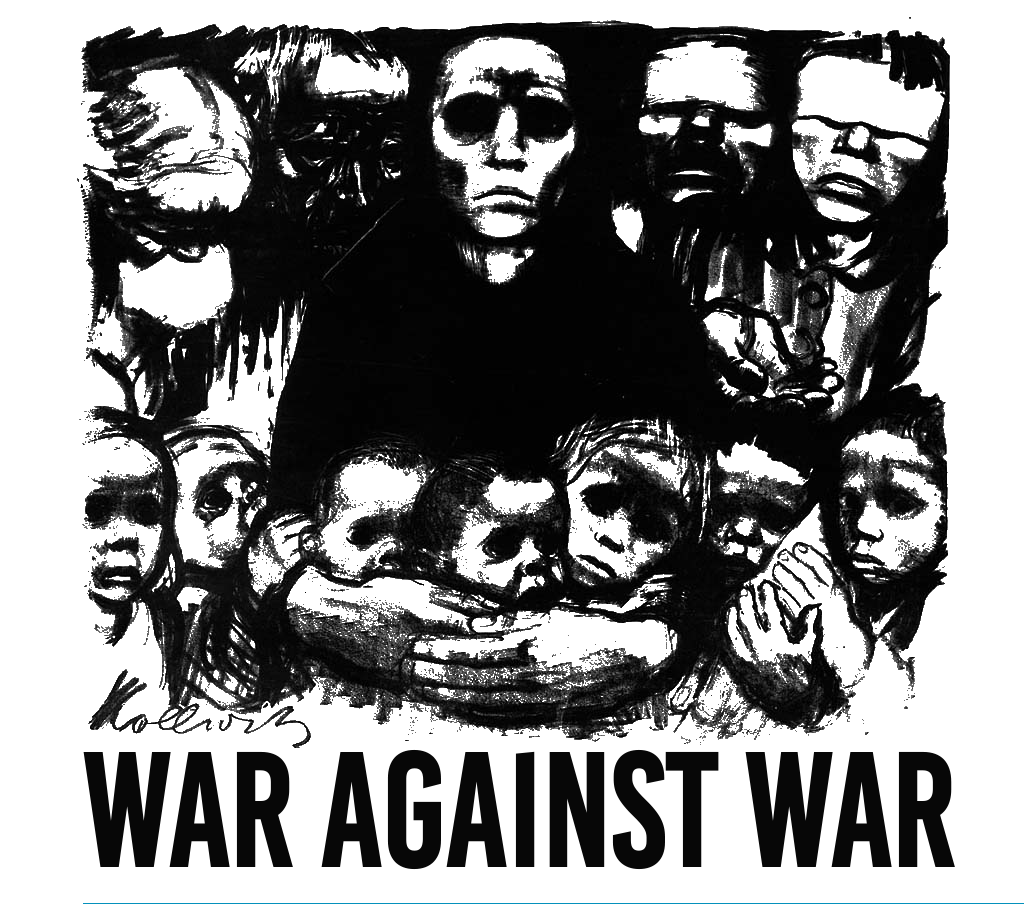How and under what conditions do religious factors explain the militarization of interstate territorial disputes? We argue that inconclusive findings in previous studies stem from inadequate consideration of the interaction between challenger state religiosity and the domestic constituencies actually invested in religiously salient territorial claims. To address this gap, this article differentiates between secular regimes, which provide minimal support to their state’s dominant religion and religious regimes, which strongly support their dominant religion. It also considers narrowly salient coreligionist populations, which appeal almost exclusively to religious audiences, versus broadly salient contested sacred sites, which appeal to much broader constituencies. We argue that the interaction between these two factors produces very different patterns of interstate conflict behavior. Secular regimes avoid escalation over narrowly salient religious claims because they do not depend upon religious constituents for support. However, they lack the necessary religious legitimacy to manage outbidding challenges that frequently arise over more broadly salient claims. Religious regimes, by contrast, enjoy high domestic religious legitimacy, enabling more peaceful engagement with broadly salient religious claims. Yet their political dependence upon religious constituencies incentivizes conflict when disputes involve narrowly salient religious claims. We test these propositions utilizing original data on the religious salience of interstate territorial disputes in the post-Cold War era, from 1990 to 2010. Analyses, using both dichotomous and continuous measures of regime religiosity, confirm these inferences and contribute to highly nuanced understandings of how state-religion policy and religious salience interact to influence patterns of interstate violence.
This was originally published on SAGE Publications Ltd: Journal of Peace Research: Table of Contents.
